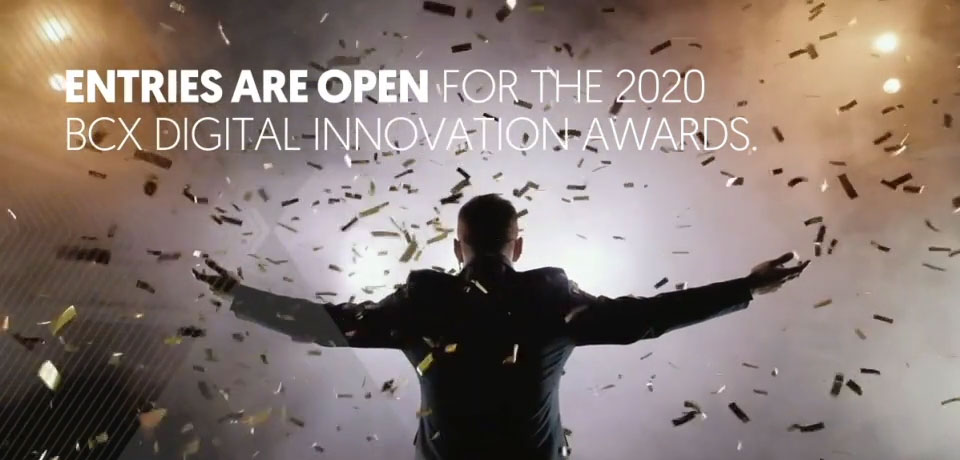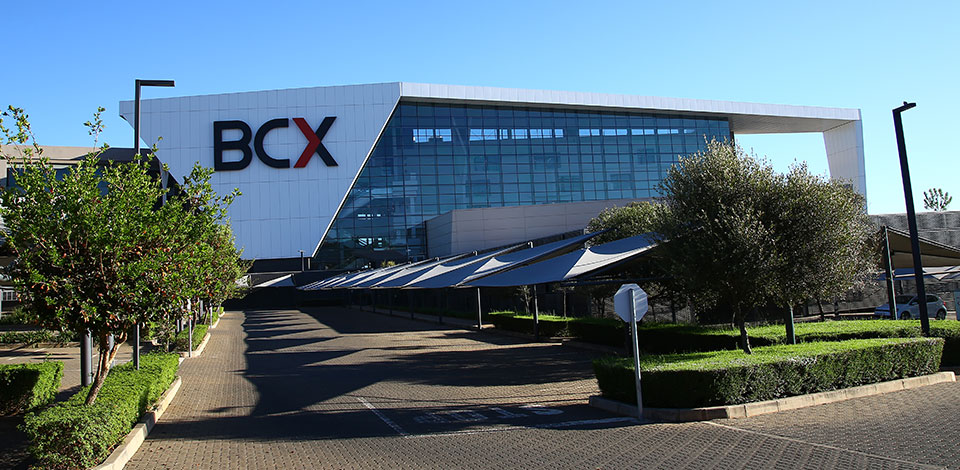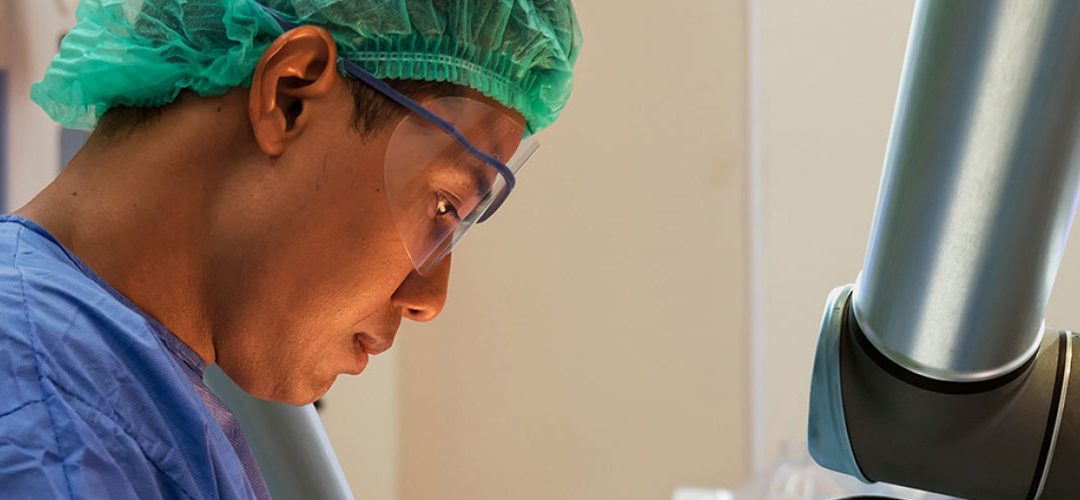
Robo-Charged Surgeons: Are You Ready for the Future of Healthcare?
STAR, an autonomous robot, recently stitched up a pig’s small intestines using machine vision and artificial intelligence. It could help your doctors operate more efficiently.
Closing up a patient after surgery is a critical part of any procedure. Get it wrong and septicaemia sets in. But what if you could guarantee highly accurate post-op stitching in less time than a human could do it?
Researchers working on an autonomous device have discovered the answer. Named STAR (Smart Tissue Autonomous Robot), the robo-surgeon stitched together swine intestine quickly, with great precision.
BLOG BITES
> An autonomous robot has proven itself to stitch soft tissue better than doctors.
> Named STAR (Smart Tissue Autonomous Robot), it could help your doctors save time in surgery.
> Autonomous robots can help healthcare professionals deliver high-quality services.
> Robots won’t replace doctors just yet.
Robotic technology isn’t new in surgery, but autonomous robotic progress has been sedate. “The researchers published their findings in the Science Translational Medicine journal, and they noted the new machinery surpassed the consistency and precision of expert surgeons, laparoscopy, and robot-assisted (non-autonomous robotic) surgery,” says Beth Mole at ARS Technica.
Here are two critical things you need to know about STAR and how autonomous tech in the hospital will help you:
1. Best stitch, no matter who is on call
“This smart, intelligent technology will tell you how to conduct surgery optimally,” said Dr Peter Kim, project lead on the Smart Tissue Autonomous Robot (STAR). “STAR won’t replace surgeons tomorrow but will provide collective experiences of how things should be done.”
Kim believes that developing autonomous robots in this way will help doctors deliver the best care possible to patients, regardless of which surgeon is available on-call (particularly in the event of an emergency). The surgeon and tech aficionado adds: “Wouldn’t it be nice that whenever or wherever you need surgery, it’s done by the best surgeon?”
In the field: Running a trauma ward can be challenging, more so when short-staffed. Surgeons are already under pressure to provide services, and a device that can learn how to stitch, better and better, is sure to save time for doctors. Dr Kim says: “Current tools are simple extensions of a human. Unless you make them better, there’s no point”. He believes STAR can be developed to perform “routine” parts of a surgery, freeing up the surgeon to focus on more challenging aspects. “The tool will come in at a time and place for maximal function,” he says.
2. It’s not a replacement for physicians
You might think this technology could replace your doctors. But it won’t. It’s actually a tool that can help you offer improved healthcare services to patients. Eliza Strickland at Spectrum explains: “The current state-of-the-art robot for soft tissue surgery is the da Vinci system, but it’s not automated. da Vinci is a tele-operated system, where the surgeon sits at a console and manipulates the controls by hand that are mimicked by tiny tools inside the patient’s body”.
STAR solves the “soft tissue challenge” for physicians by integrating a few different technologies. It “sees” using Near-Infrared Fluorescent (NIRF) sensors placed in a patient’s intestinal tissue. A special NIRF camera follows these sensors while a 3D camera takes pictures of the surgical field. Combining this data, STAR was able to keep its focus on its target. “The robot made its own plan for the suturing job, and it adjusted that plan as tissues moved during the operation,” Strickland adds.
While autonomous robots aren’t ready to take charge in operating theatres just yet, STAR’s researchers believe this technology will be integrated into commercial devices in the next few years. “If robotic systems are shown to improve safety and patient outcomes,” Dr Kim says, “medicine may go the way of the auto industry.”
TAKE NOTE
As consumers become more familiar with autonomous technology thanks to self-driving cars, they might start demanding it in healthcare. “Now driverless cars are coming into our lives, but it started with self-parking, then a technology that tells you not to go into the wrong lane. Soon you have a car that can drive by itself,” Dr Kim explains. Likewise, he says, autonomous surgical robots could give human surgeons a helping hand. Maybe one day robots will take over?
Resources:
http://edition.cnn.com/2016/05/12/health/robot-surgeon-bowel-operation/
http://stm.sciencemag.org/content/8/337/337ra64
www.spectrum.ieee.org/the-human-os/robotics/medical-robots/autonomous-robot-surgeon-bests-human-surgeons-in-world-first
https://arstechnica.com/science/2016/05/smart-sewing-machine-nails-worlds-first-autonomous-soft-tissue-surgery/










